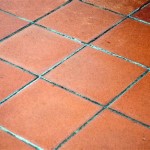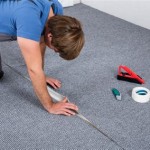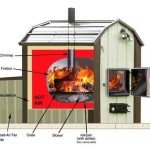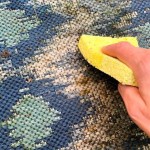Build Outdoor Patio Furniture: Essential Aspects to Consider
Creating a comfortable and inviting outdoor space is a rewarding endeavor, and building your own patio furniture can be a great way to add a personal touch. However, before you start hammering away, there are a few essential aspects you should consider to ensure your furniture is durable, stylish, and functional.
1. Material Selection
The material you choose for your patio furniture will significantly impact its durability, maintenance requirements, and overall aesthetic. Consider the following options:
- Wood: Wood is a classic choice for outdoor furniture, offering warmth, natural beauty, and versatility. However, it requires regular maintenance to prevent rot and insect damage.
- Metal: Metal, such as aluminum or wrought iron, is highly durable and weather-resistant. It's a great choice for modern or industrial-style patios.
- Polypropylene: Polypropylene is a lightweight and durable plastic that is resistant to fading, moisture, and pests. It's often used in outdoor furniture for its ease of maintenance.
- Wicker: Wicker is a natural or synthetic material that provides a rustic yet comfortable seating option. It's best suited for covered patios to protect it from harsh weather.
2. Comfort and Ergonomics
Outdoor furniture should be not only stylish but also comfortable. Consider the following:
- Seat Height and Depth: Ensure the seat is at a comfortable height so that your feet can rest flat on the floor. The seat depth should provide adequate support for your back.
- Back Support: For chairs and benches, provide ample back support to prevent fatigue.
- Cushions: Cushions can enhance comfort and add a decorative touch. Choose weather-resistant fabrics that are easy to clean.
3. Weather Resistance
Outdoor furniture must withstand the elements, so it's crucial to choose durable materials and treatments.
- Wood: Seal wood with a water-resistant finish to protect it from moisture damage.
- Metal: Choose metals that are naturally corrosion-resistant, such as aluminum or stainless steel.
- Polypropylene: This material is inherently weather-resistant, requiring minimal maintenance.
- Wicker: Natural wicker requires regular sealing to protect it from moisture. Synthetic wicker is more durable but still benefits from occasional cleaning.
4. Size and Scale
Consider the size and scale of your patio space to determine the appropriate dimensions for your furniture.
- Overall Dimensions: Measure the available space and ensure the furniture fits comfortably without overcrowding.
- Seating Capacity: Determine how many people you want to accommodate.
- Furniture Height: The height of the furniture should be proportional to the height of your patio walls or fences.
5. Style and Aesthetics
Your patio furniture should complement the overall aesthetic of your outdoor space.
- Match the Style: Choose furniture that aligns with the architectural style of your home and the existing decor of your patio.
- Coordinate Colors: Select colors that harmoniously blend with the surroundings and create a cohesive look.
- Add Accessories: Incorporate outdoor cushions, throws, and plants to add visual interest and a personal touch.
:max_bytes(150000):strip_icc()/homemadebycarmona-386463f43539452b8b033a4108701959.jpg?strip=all)
23 Diy Patio Furniture Plans

Diy Outdoor Furniture 10 Easy Projects Bob Vila

Diy Patio Chair Plans And Tutorial Step By S Photos

Thrifty And Chic Diy Projects Home Decor

Diy Outdoor Furniture Plans Patio
:max_bytes(150000):strip_icc()/nelidesign-6f102100497b462fbcedc689c588d523.jpg?strip=all)
23 Diy Patio Furniture Plans

Diy Outdoor Sofa Garrison Street Design Studio

37 Amazing Diy Outdoor Furniture Plans The Handyman S Daughter

Diy Outdoor Couch Angela Marie Made

21 Diy Outdoor Furniture Ideas For Your Backyard Extra Space Storage
Related Posts








